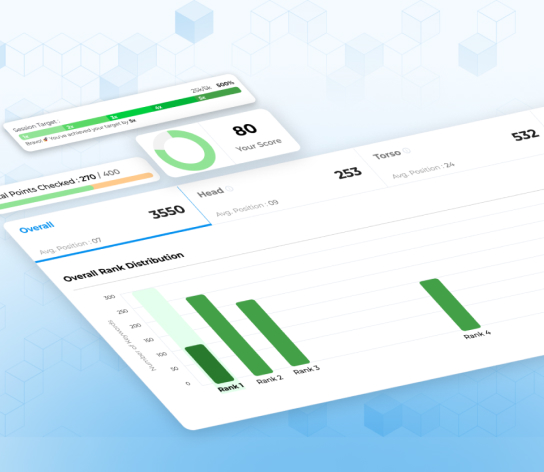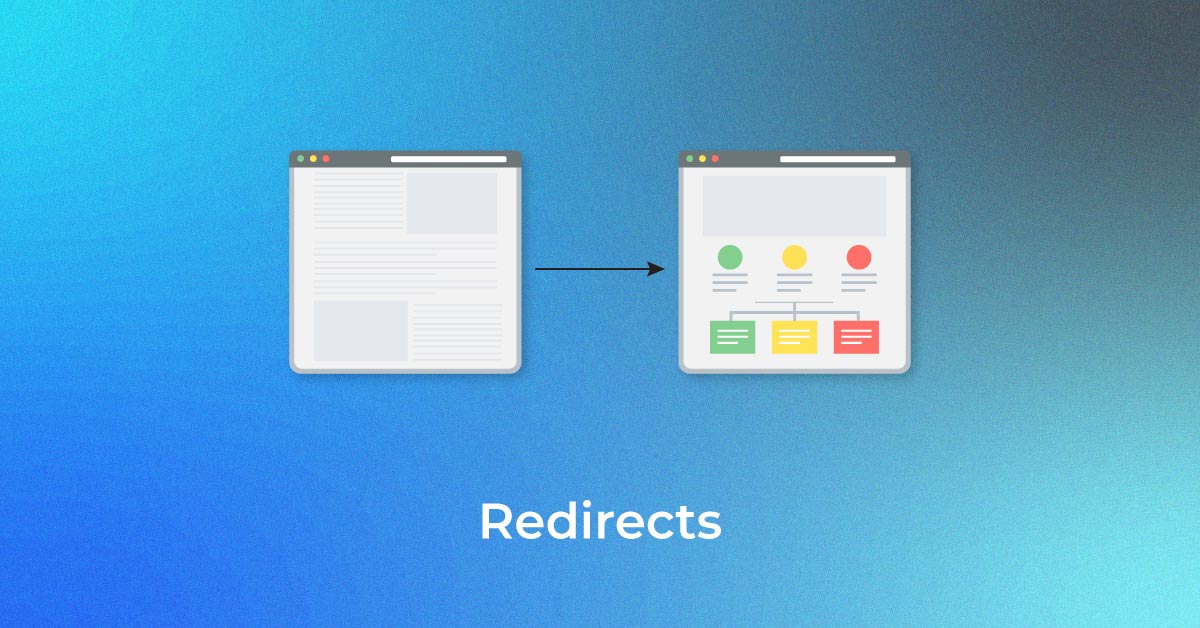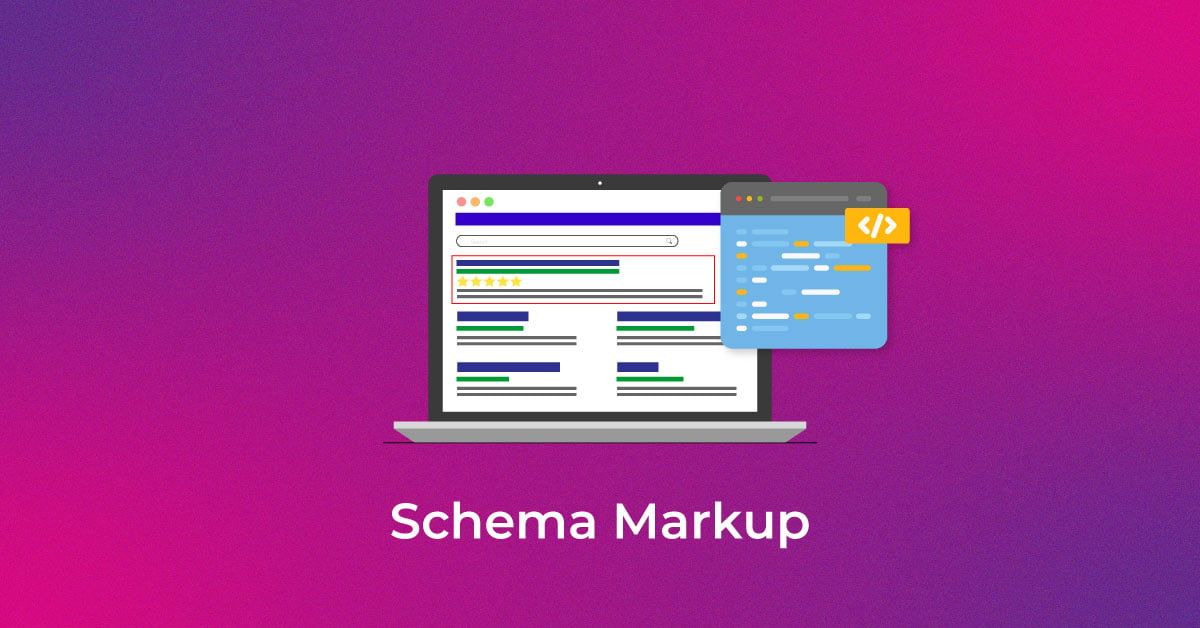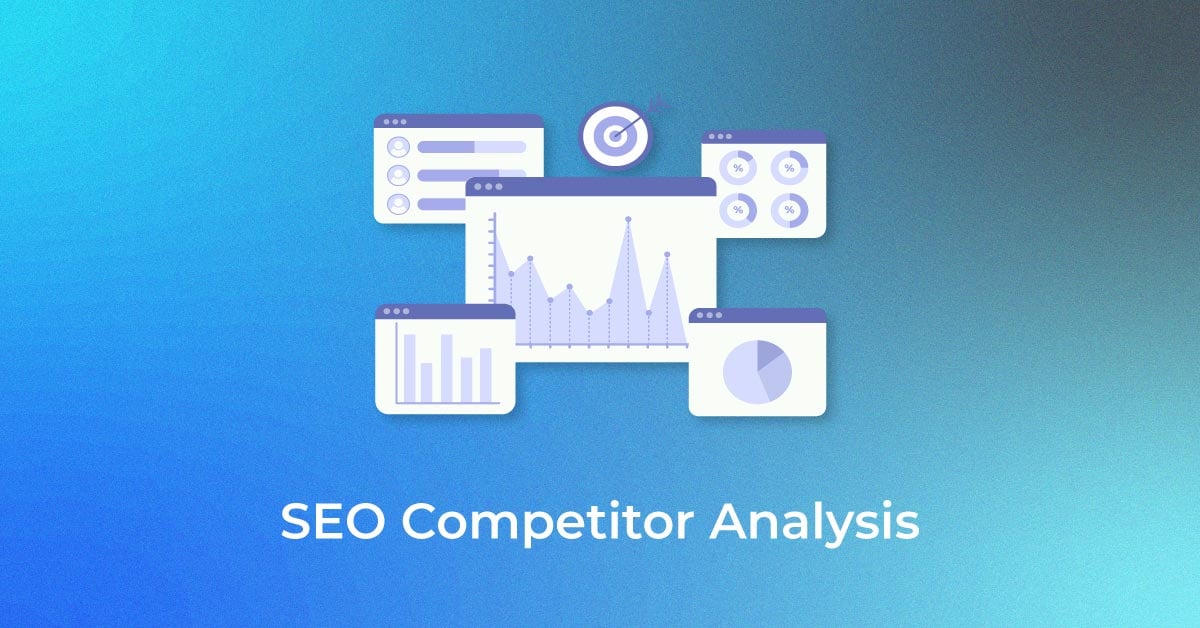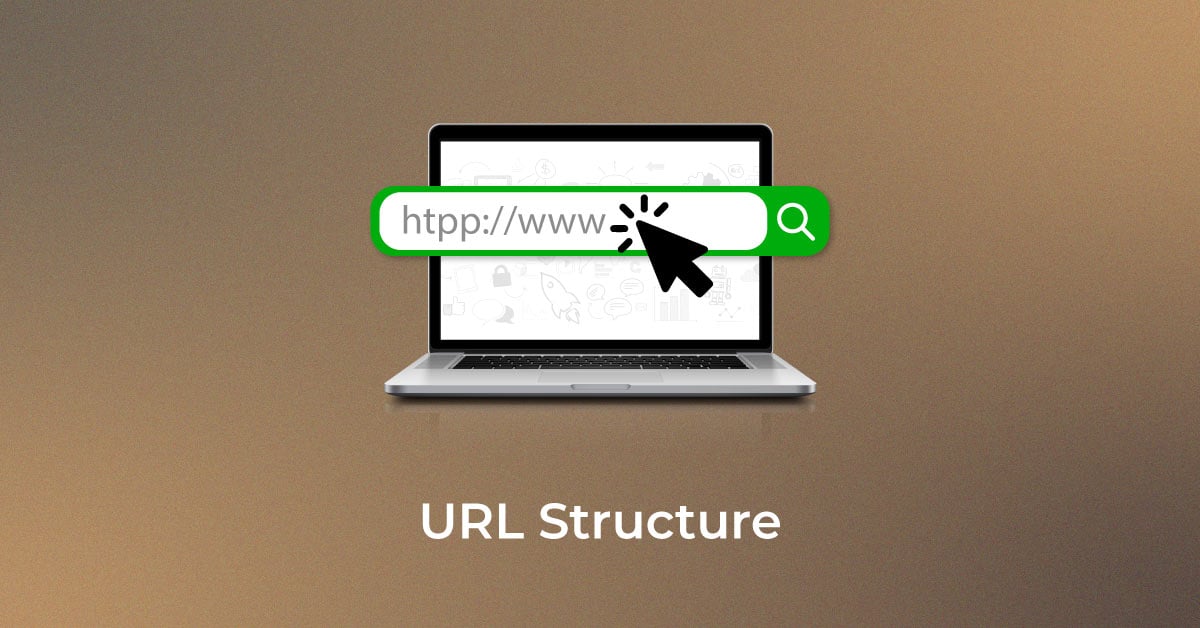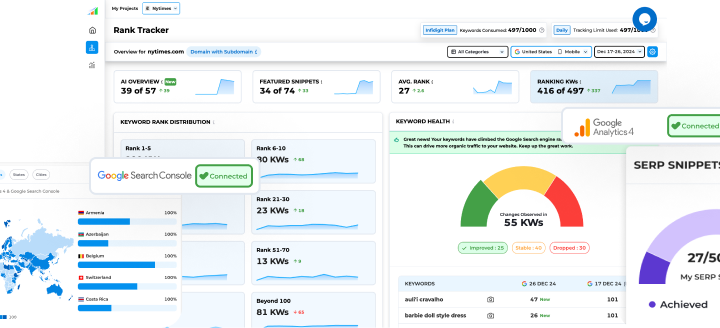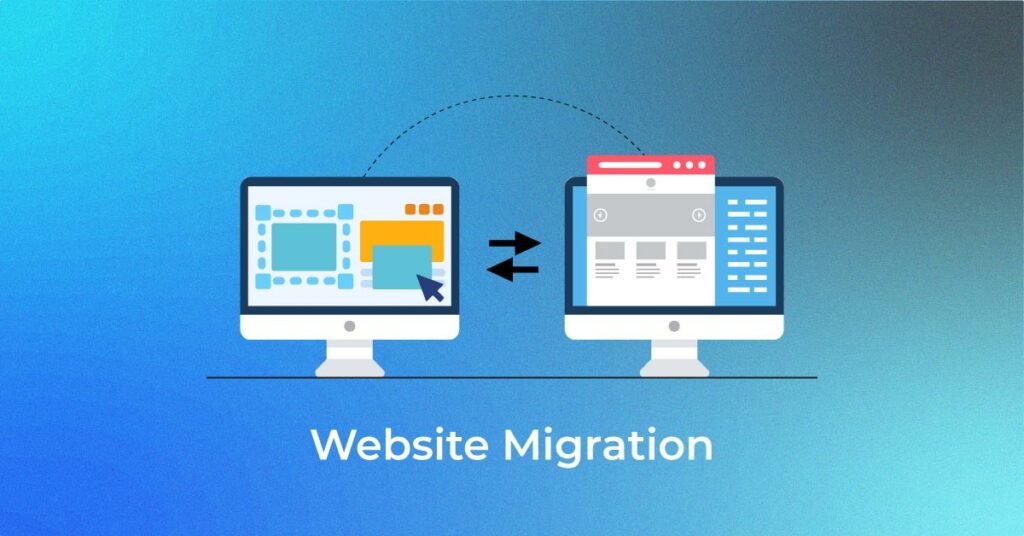If you have decided to move your website to another platform or make any changes to the website, this article will help you understand the different types of website migrations and the things to keep in mind when you are considering migrating your website.
What is website migration?
Website migration is when a website moves from one environment to another, or the domain name of a website changes. In SEO terminology, a transition is called a migration whenever a fundamental change occurs to a site’s URL structure. Usually, changes in the location, platform, layout, content, architecture, or UX of the website, all constitute site migration.

Unleash your website's potential by harnessing Infidigit's 400+ SEO audit to achieve peak site health & dominance on Google organic search.
Looking for an extensive
SEO Audit for your website?
Unleash your website's potential by harnessing Infidigit's 400+ SEO audit to achieve peak site health & dominance on Google organic search.

Why would I require a website migration?
1. Hosting change
There can be many reasons for website migration that require a hosting change. For one, you might have outgrown the current capabilities of your host, and need a host that can offer more. Host change for site migration can also be done to bring in more cost-effectiveness. It is one of the simplest forms of website migration since you are only migrating your database and files to a completely new server.
2. Platform Update
The platform that your website operates on determines the features, user experience, and much more that you can offer to your users. These platforms release periodic updates to offer better features and functions for websites, and this also requires site migration. These updates can range from minor bug fixes and small feature updates to major version upgrades with completely new features, UX, and more.
3. CMS change
One of the key reasons website migration might be triggered for businesses is due to a change in their CMS platform. There are many CMS platforms out there, and for businesses, some can offer better eCommerce capabilities and functionalities. For growing and attaining these new functionalities, many eCommerce websites perform site migration as they find better CMS for their use cases.
4. Website Redesign
Website redesign is separate from other reasons for website migration. Since you are still keeping your files and database, it might not even be a complete site migration. However, website redesigns often come with their own set of consequences for better functionality of the website. These involve getting new hosts, shifting to new platforms, and even getting a new domain. This requires the website to set up competent 301 redirects in order to redirect the users to the new URLs.
5. Domain change
There are many businesses that look for rebranding or updating their URL address for various reasons. This requires them to change their domain name and needs website migration to achieve it. Domain change is quite similar to changing your website architecture, and incurs many same needs.
Does Site Migration Affect SEO?
Website migration is a very drastic change for your website as a whole. It definitely affects your SEO, but if performed right, can create an even better opportunity for the website to rank higher and improve user experience.
Search engines like Google put fast and user-friendly sites higher on their SERPs as these are both key ranking factors. Hence, website migration can actually help your site rank higher and improve your SEO if done with a web host that offers faster loading time.
However, one thing you need to keep in mind is that your website needs to be re-indexed if you migrate it. So, it might see a dip in organic traffic in the beginning, so that Google can completely index your new site and keep a tab on all the redirects from the old one.
My experience with website migrations.
Because of platform issues that our client, the Metro Shoes team, faced, they decided to move to a new eCommerce platform. Utmost care was taken during this migration since not only maintaining the organic traffic was crucial, but the business team wanted us to even achieve higher organic growth within the next few months. We implemented migration checklists, continuously monitored the migration activities, and performed an in-depth audit after the website migration was done. This helped us witness a 74% improvement in the top 5 keyword rankings & 109% growth in revenue. You can check out the case study at Metro Shoes Migration case study
When Cult wanted to move its domain from cure.fit to cult.fit, we ensured that all the SEO best practices, like 301 redirection, etc., were followed. Further, we conducted an in-depth audit covering more than 200 SEO audit points to thoroughly inspect the newly migrated website. cult.fit’s Domain Authority (DA) was restored in four months. With a successful migration, search engine ranking on Google for positions one to three improved, and cult.fit started ranking for 1,837 keywords as compared to 1,346 keywords before the migration. With a well-managed migration plan, cult.fit also witnessed a growth of 16% in organic search traffic in just a few months from migration.
You can check out the case study at Cult Fit Domain Migration Case Study
Types of Website Migrations
-
Protocol change
Migrating a website from HTTP to HTTPS is an example of a protocol change.
-
Subdomain or subfolder change
When a company chooses to move from one ccTLDs into subdomains or subfolders. Eg. www.example.com.au to www.au.example.com or www.example.com/au
-
Domain name change
This usually happens when a business is rebranding and has to switch from one domain to another. Eg. www.example.com to www.sample.com
-
Top-level domain change
This happens when a company decides to either launch the business abroad or limit it to a certain country. Eg. www.example.com to www.example.com.au or vice versa.
-
Site structure changes
These are improvements to the layout of the site, which usually affect the internal reference and URL structure of the page.
-
Replatforming
This is when a website is switched from one platform to another. Eg. switching from WordPress to Shopify.
-
Mobile setup changes
Things such as shifting to a mobile setup, indexing applications or creating a PWA website are often called partial website migrations.
-
Content Migration
Rewriting, consolidation or pruning of content can have a major impact on the visibility of organic search.
-
Redesigns
This can be anything from minor design changes to a complete website revision with major changes in code and copy.
The things to keep in mind while you are looking to migrate your website from one domain to another:
- Calculate the risks and brace for the consequences.
- Create backups and download them.
- Pay attention to the URL structure.
- Consider redirecting the URL as a major factor for SEO.
- Use the change of address tool in the search console to communicate the site migration at the domain level.
- Maintain the same directory and folder structure.
- Remove broken links and 404 pages.
- Set up a new directory for robots.txt.
- Prioritize websites with a higher authority.
- Plan your rebranding strategies.
-
Replatforming
This type of site migration involves shifting to a new platform or a CMS. For instance, if your website previously used WordPress as its CMS and you shift to Magento, that would require a website migration. This type of website migration can also involve redesigning websites and even URL changes.
-
Mobile setup changes
Many technical procedures for a site’s mobile setup can also involve partial or full website migration. These procedures can include building an AMP site, enabling app indexing, coding a PWA website, and more. When an existing website for mobile devices is replaced by an app, PWA, or an AMP, that also requires site migration.
-
Content Migration
This type of site migration involves a major update in the content of a website. This can include major content rewrites, content pruning, and consolidation. These activities cause a huge impact on a website’s SEO and its search visibility, and can affect your website’s taxonomy, internal linking, and more.
-
Structural changes
This type of site migration is caused by making significant changes in your website’s taxonomy, navigation, and changes or updates in website architecture. This can affect the internal linking in your website, its navigation as a whole, and user journeys.
-
Hybrid migrations
As the name suggests, this type of site migration combines various different types and reasons for updating a website. For instance, the types mentioned above can be combined in any way, and it would be a hybrid migration. This type of migration often ends up increasing the complexity of the process, and risks in the results.
Important Website Migration Checklist
-
Carefully consider the costs and benefits of migrating your website
After calculating the reasons for website migration, you need to evaluate the risks and profits. Some website developers switch to a secure connection (HTTPS) to optimize the site for search. Rebranding of a site is also a key factor in website migration. If there aren’t any other ways to gain traffic, consider how site migration can give value for money. Proceed with migration only after thoroughly evaluating these queries.
-
Before you begin website migration, consider crawling it
The website should contain the desired keywords for SEO optimization so that, after scanning and indexing, the site can be retrieved fast once searched. There are several crawling tools available in the market, such as SEMrush, Screaming Frog etc. When crawling, remember to list all the URLs in the sitemaps.
-
Test all the site URLs
It is advisable to run a sample test of the URLs as per the website migration checklist. Link the old URLs to the new domain versions for smooth redirection. All the embedded hyperlinks should also redirect to the migrated site. To keep track of all the old and new URLs, use Google Analytics or a similar tool, and check the traffic.
-
Customize a new Error 404 web page for users
Why is there a customized 404 page when the emphasis is on removing such existing pages? The reason behind that is search traffic. If you want the user to get directed to your new website despite typing the old URL, an engaging “error 404” page with indexed new URLs is key. The page establishes the brand’s goodwill to the user and makes sure they get redirected to the new site after a website migration.
-
Remove all duplicate content
Duplicate content issues arise because of identical URL parameters, or actually, plagiarised content. Multiple live domains such as both www and non-www versions of the same website after migration can lead to a repetitive and low-ranked appearance in search results. How to solve this problem? Use a search console tool to canonize your URL, that is, establish your site address as most authentic and reliable. You can also redirect to the right URL using 301 HTTP codes.
-
Submit sitemap after site migration
After website migration, it is necessary to update the sitemap so that the search engine crawling tool can locate the relevant pages. Sitemaps are of two types in Google: XML and HTML. Google Search Console is an example of a tool used for updating sitemaps. Before uploading, check if your sitemaps are crawled successfully and return 200 standard status code. Should any future transition take place in the website structure, the uploaded sitemap will help Google relocate the web pages.
-
Monitor Rankings and website traffic
Lastly, be aware of the Google ranking factors. The quality of content ranks your website, along with the placement of keywords. The reputation of the site owner also impacts the traffic. Users are more likely to click on reliable websites designed by established developers. To track the activity on the page after website migration, make use of tools like Google Analytics and SERPS.com. If you have the budget and want better website migration results, try consulting an SEO company.
Website migration is an important aspect and should be handled with care. It is always good to list down the key areas to focus on during migration, like content, meta tags, etc. and take necessary precautions while migrating them to a new setup. If mishandled, it can often lead to significant damage to rankings and vice versa. Did you like reading about website migration? Tell us what more you would like to know from us in the comments section below!
Co-Author: Kaif Bhati
Last Updated on: 16 Feb 2024
Popular Searches
How useful was this post?
5 / 5. 2


